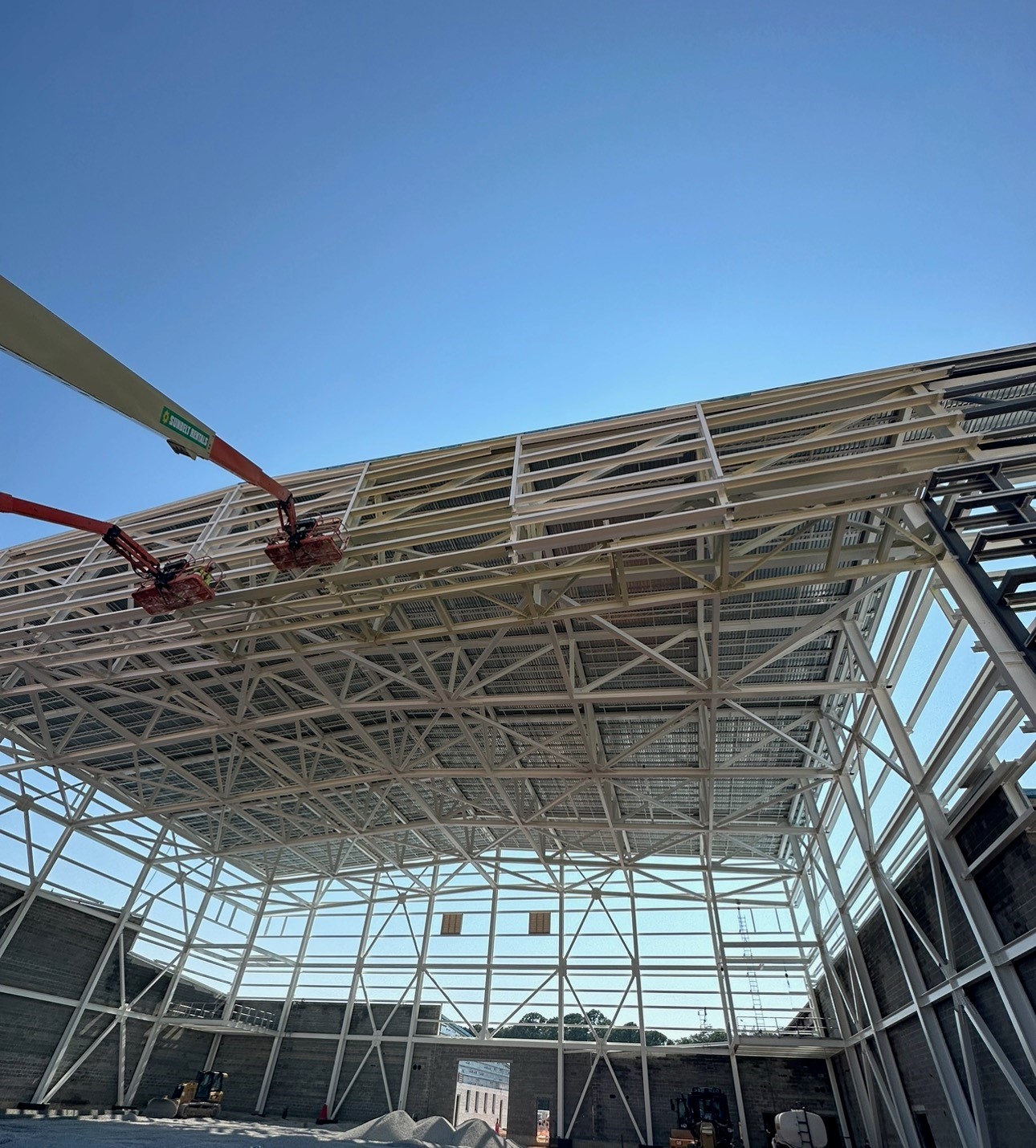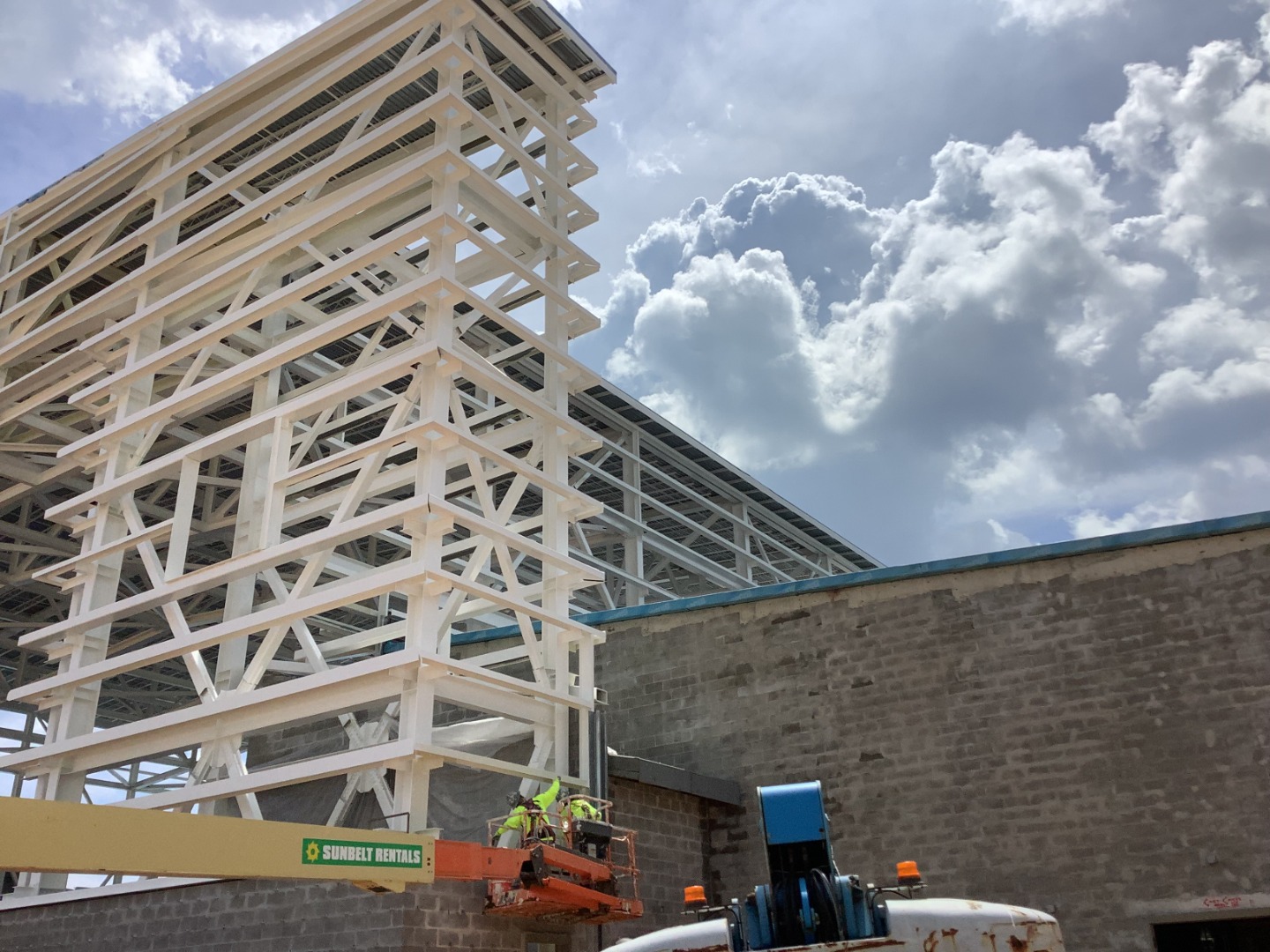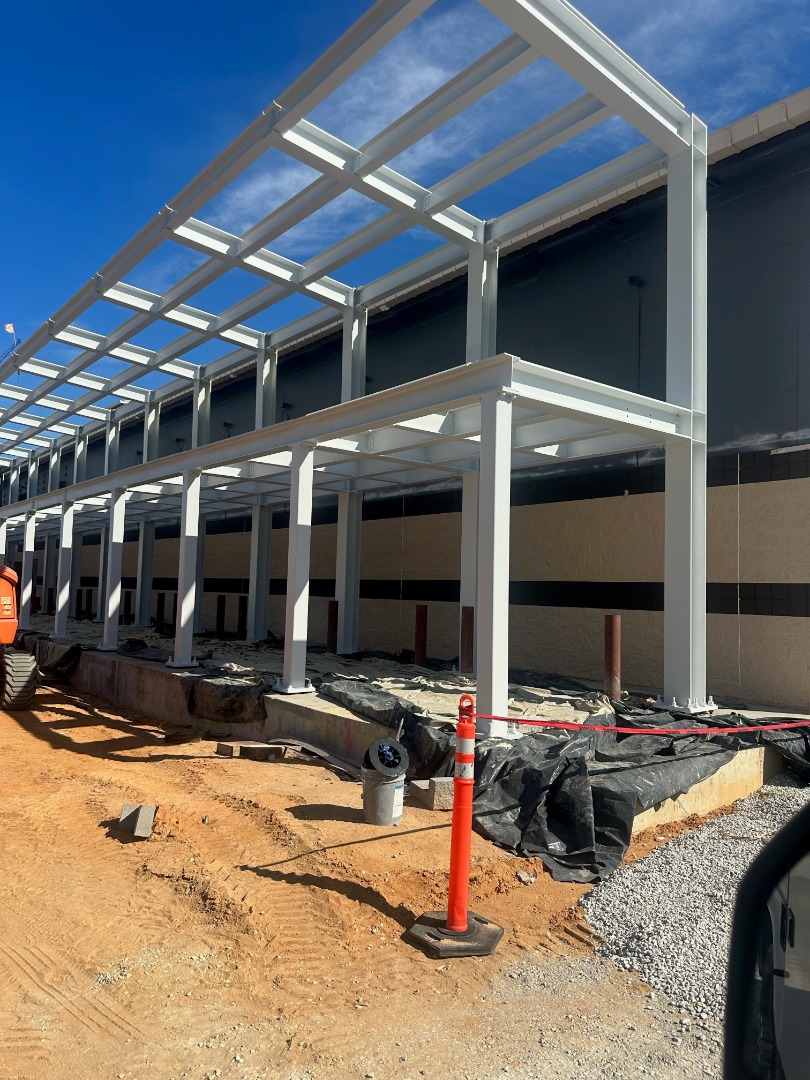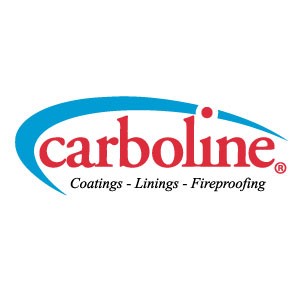Not far from the white sand beaches and warm Gulf waters of Florida’s panhandle, Hurlburt Field marks the western boundary of the sprawling Eglin Air Force Base complex.

Named after a First Lieutenant who lost his life in a plane crash at Eglin in 1943, Hurlburt is the home of the Air Force Special Operations Command. It’s also where a new 105,041-square-foot structure comprising an aircraft maintenance unit hangar, weapons shop, and other support infrastructure will soon be complete. The hangar is specifically designed as a maintenance and weapons support facility for special operations C-130 aircraft.
The structural steel skeleton of this new facility required corrosion protection coatings, and that’s where we came in.
Or, rather, where we hoped we would.
Because before even an ounce of our products could hit the steel, we needed to convince the government to agree to a specification variance in the name of improved performance.
The state of the art has changed
The military’s Unified Facilities Guide Specifications (UFGS) govern material selection for protective coatings of assets at military installations. These specs call for a three-part system consisting of an organic zinc primer, a polyamide epoxy intermediate coat, and a thin-film urethane finish coat; the products each must meet specific formula requirements published in MIL-DTL-24441/19, MIL-DTL-24441/31, and MIL-PRF-85285.
But the state of the art has changed since that standard was published. The technology is better and the raw materials higher quality. What’s more, word has been circulating in the industry for years that the specific coating system on which those standards were based was not performing well. In the field, and particularly in the humid, salty coastal southeastern U.S., the coatings were breaking down.
Together with Champion Specialty Services Provider, the contractor bidding the work, we decided to try to convince the military to approve a variance in the specification. The products we wanted to recommend are not included in the military’s approved products list under the aforementioned standards, but we know that they meet or exceed the requirements they contained in them. The difficulty was in providing airtight assurances to the military that approving a variance from the standard would not come back to burn them.

Carbozinc 11, a long-established high-performing inorganic zinc primer, was chosen for application in fabrication shops prior to shipment to Hurlburt Field.
Carbozinc 859, a fast-cure organic zinc primer with very low VOCs, would then be applied in the field to repair any damage and for touch-ups.
Next, Carboguard 893 SG would be applied as an intermediate coat. This flexible and economic epoxy is compatible for use over zinc-based primers and features low-temperature cure properties. Though the Florida panhandle is not usually associated with cold weather, the application schedule included some winter work. Carboline staff pivoted quickly to source a low-temperature cure version of the product once it was clear that application would occur during cooler weather.
The topcoat we recommended was Carbothane 134 HG, which we are sure is an ideal topcoat for steel assets that are exposed to the elements in humid coastal environments. Decades of excellent performance on industrial assets and marine infrastructure all over the Gulf Coast reinforce the claim.
In addition to the system’s performance in the humid coastal service environment, the recoat window of each product makes the system compelling in its flexibility and forgiveness:
-
- • The Carbozinc primers have an unlimited recoat window
-
- • Carboguard 893 SG has a one-year window
-
- • The recoat window for Carbothane 134 HG is indefinite
All in all, we—and Champion—were confident this system would more than meet the government’s standard.
The right rationale: mission readiness
The government personnel making material selection decisions on construction projects of this sort are construction experts, not chemists. They follow paint specifications, but they do not write them. They also are quite weary of changing or deviating from them. The risk is often too high.
But our counterargument was just as persuasive: Too many coatings on military assets in humid coastal regions have failed. Those failures are costly, and the cost is even harder to tolerate knowing the failures are avoidable. But what is harder still to stomach is the risk that such a failure could degrade the mission readiness of the airmen, aircraft, and infrastructure at Hurlburt.

Readiness matters regardless of the unit, but Hurlburt’s residents are particularly important to the Air Force. The 1st Special Operations Wing operates fixed-wing aircraft including AC-130 gunships, MC-130 transport/refuelers, the tilt-rotor CV-22B Osprey, and the MQ-9 Reaper drone. Its missions are supported by a special intelligence unit as well as ground support and maintenance crews.
In other words, the 1st SOW is who you want on overwatch.
Ultimately, the government was satisfied with the supporting evidence we provided when arguing our case for the variance. Past similar projects and lab testing both demonstrated the system we recommended would meet or surpass their requirements.
And though it was a one-off variance, it will make a long-term difference: Provided the project was executed well, the military could then cite the Hurlburt project to justify future variances.
Execution—that’s where Champion came in, and they nailed it.
Perseverance
Not that it was easy.
Which is why Champion wins a lot of these kinds of jobs. Not many contractors are willing to invest in the crews, equipment, and skills needed to complete military projects on a continental scale.
The QP 1-, QP 2-, QS 1-certified contractor had to think fast on its feet the moment its crews arrived on site to begin application in December 2022.
If construction had gone according to plan, all steel erection would have been finished by early 2023. Champion had planned to install containment on the site, complete some final surface preparation to the steel, and then spray-apply the coatings. But it did not go according to plan. Delays occurred—a very common problem in recent years—and the structure was not handed over to Champion complete as planned.
So Champion pivoted to brush- and roll-applying the coatings. It’s slower than spraying, but it’s the speed that would keep pace with the steel erectors.
The decision paid off in another way, too.
Winter 2022-2023 in Florida was windy. Brush- and roll-application was meant to be temporary, and Champion was ready to transition to conventional spray application if the timeline caught up. They even began to contain some sections of the structure in preparation. But some days were so windy that containment tarps began to tear.
A major concern on a construction site near any active runway is minimizing foreign object debris (FOD) for the safety of ground crews and protection against damage to aircraft. So instead, of risking creating FOD, Champion brushed and rolled 90% of the job, methodically following the steel erector crews as they stitched the structure together.
“This was our first new-build hangar coatings project, and we had to do whatever it took to get this done right the first time, no matter what challenge was thrown at us,” said Zack Beehner, Military Project Manager for Champion. “Our field crew and management team repeatedly adapted to unforeseen challenges and Carboline’s support ensured we were able to decide and act quickly. Exceptional is our Standard.”
A body of proof
A body of proof stretching back many years gave us the confidence to recommend an alternative system for protective coatings at Hurlburt Field. And our—and the government’s—confidence in Champion Specialty Services Corporation was instrumental to success.
But the impacts will ripple out far beyond the Florida panhandle.
This project represents the beginning of a similar body of proof accessible to the military decision makers responsible for maintaining mission readiness. And because no one in uniform would argue against improved flexibility, the work has already resulted in similar variance discussions related to upcoming projects on other U.S. military posts.
So, rather than this being the end of the story, this is probably only the end of Chapter 1.

